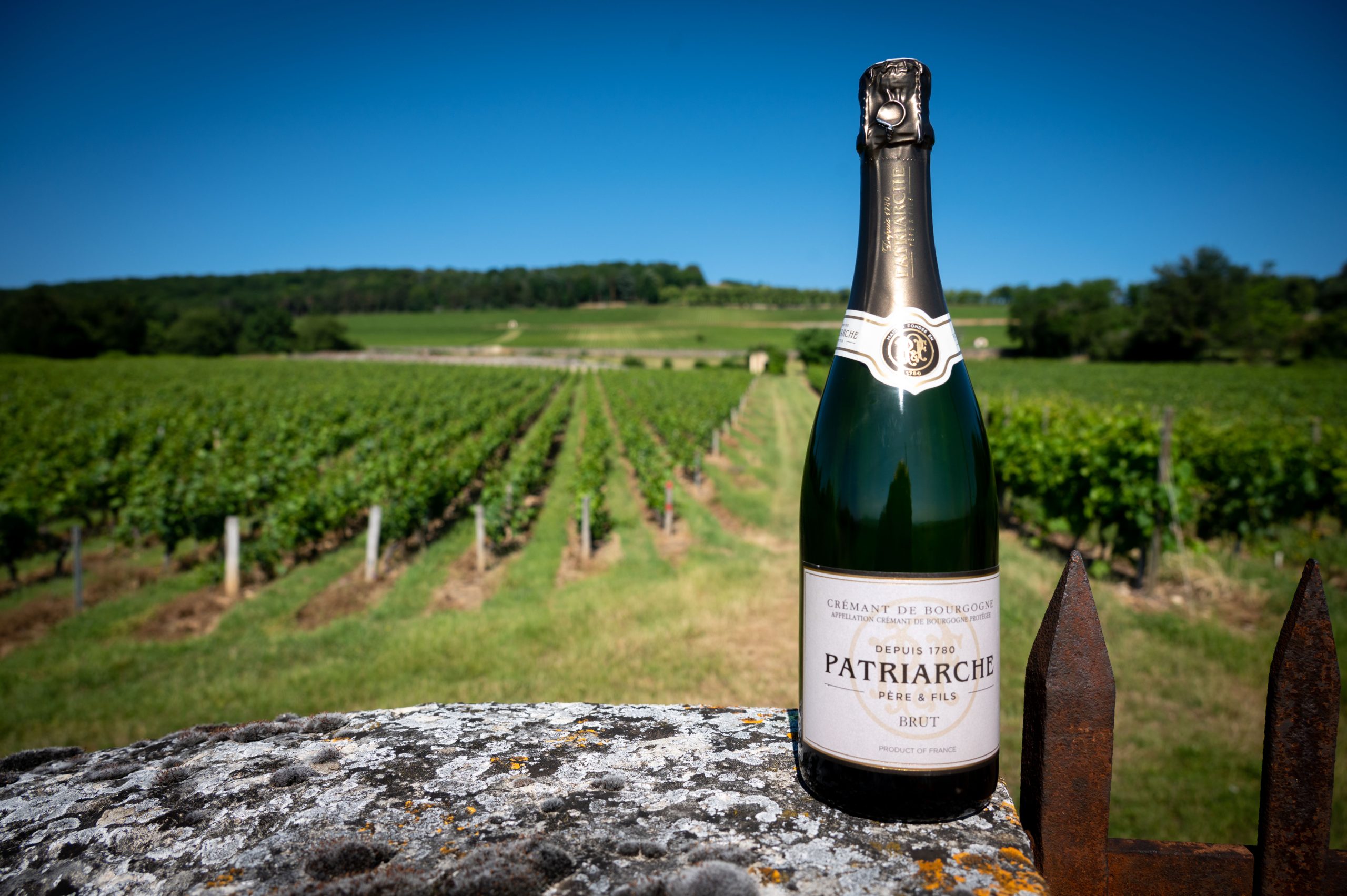Ice in wine? The never-ending debate
As summer finally arrives across the UK and Europe, the debate over serving temperature and whether ice is ever acceptable in wine has reared its ugly head. db investigates.

A recent report by retailer Marks and Spencer has claimed that half of Brits are drinking rosé at the ‘wrong’ temperature and overchilling their booze. Whether it is stored too coldly in a fridge, or putting an ice cube in your glass, the report claims that it is being consumed at the incorrect temperature, and therefore customers are missing out on the flavours of their product. M&S winemaker Belinda Kleinig told the Daily Mail: ‘It’s a common misconception that rosé needs to be served ice cold, and in fact serving wine too cold can mute its fruity flavours and hide some of the aromas.
An article by The Times even went as far as to suggest that ice in rosé was the “wine world’s new cold war”, arguing that experts said it was a “definite no no” to put cubes in wine.
But is this true? And what can we do about it? And does it even matter for the enjoyment of the drink?
The traditional perspective
Traditionally, wine purists argue against the practice of adding ice to white wine or rosé, asserting that it dilutes the wine and alters its intended flavour profile and structure.
The key points in this argument include:
- Dilution of flavour: Adding ice to wine inevitably leads to dilution as the ice melts. This can significantly affect the wine’s flavour, reducing the intensity and complexity that winemakers strive to achieve. White wines and rosés are often appreciated for their delicate balance of acidity, fruitiness, and sometimes minerality, all of which can be compromised when the wine is watered down or served too cold.
- Temperature control: Wines are typically served at specific temperatures to enhance their flavours and aromas. For white wines, this is usually between 45-50°F (7-10°C), and for rosés, around 50-55°F (7-13°C). Ice can quickly lower the temperature beyond this range, muting the wine’s aromas and altering its taste. It should be noted that these temperatures themselves have been rigorously debated recently, with the M&S study claiming that too many Brits were drinking overchilled rosés, and they needed to let it warm up a bit before downing their preferred tipple.
- Respect for winemakers: Many wine enthusiasts believe that adding ice shows a lack of respect for the craftsmanship that goes into making the wine. Each bottle is the result of careful cultivation, harvesting, and vinification processes designed to create a specific sensory experience. Altering this by adding ice is seen as disregarding the winemaker’s expertise and intention, altering flavour and the desired perception.
The alternative view
On the other side of the debate, there is a growing acceptance of enjoying wine with ice, especially among younger drinkers and those who prioritise personal enjoyment over traditional norms.
In fact, it can often be noted that people positively love the sheer rebellion against snobbery that putting an ice cube in a glass of wine could represent.
Partner Content
Several points support this more relaxed approach:
- Personal preference: Ultimately, how one enjoys their wine is a matter of personal preference. This much is obvious. After all, does it really matter? If adding ice makes the wine more enjoyable for someone, then it can be argued that this is the most important factor. The drinks business has noted a trend where younger consumers, particularly Millennials, are more inclined to personalize their drinking experience, which includes adding ice to their wine.
- Climate: In hot climates or during summer, adding ice to wine can make it more refreshing and enjoyable. Rosé wines, in particular, are popular for outdoor and warm-weather drinking. Ice can keep the wine chilled longer, making it a practical choice for picnics, beach outings, and garden parties. In a world of extreme climates, and where temperature of serve isn’t stable, it could be argued that the only way to keep a wine cool is to chuck a cube in it. Cool bags and mini-fridges can only keep it at optimum temperature for so long.
- Industry adaptation: Others point out that the wine industry itself is adapting to this trend. Some producers are creating wines specifically designed to be enjoyed over ice. For example, Moët & Chandon introduced Moët Ice Impérial Rosé Champagne — a fizz crafted to be served on ice, catering to consumers who prefer this style of drinking. This innovation suggests a recognition and acceptance of changing consumer preferences within the industry.
Expert opinions…
The drinks business has featured many viewpoints on the issue of ice from food and drink professionals. Last year, it was claimed that putting ice in your wine ‘makes it taste like gold’, according to the Michelin-starred chef and broadcaster Dave Chang. Speaking on his podcast, the founder of Momofuku and star of Netflix’s Ugly Delicious said that putting ice into his wine made him feel like he had done “something horribly wrong”, but that it also made it “so delicious” and taste “like gold”.
Telling listeners that wine is just a drink and not a “cultural artefact”, he said it was important to concentrate on drinking something that was refreshing. Stating it wasn’t just for the summer months, Chang claimed that a cube of ice improved the taste across the year.
Additionally, experts often suggest alternative methods to adding ice directly to the wine.
These include:
- Chilling wine properly: Ensuring that white wine and rosé are adequately chilled before serving can eliminate the need for ice.
- Using chilled glasses: Serving wine in pre-chilled glasses can help maintain the desired temperature without dilution.
- Wine stones: Reusable wine stones or stainless steel ice cubes can chill the wine without watering it down. These can be kept in the freezer and added to the glass when needed.
The question of whether it is acceptable to put ice in white wine or rosé ultimately boils down to personal preference and context.
While traditionalists emphasise the importance of preserving the wine’s integrity and respecting the winemaker’s craft, modern consumers and some industry professionals advocate for a more flexible approach that prioritises enjoyment and practicality.
Ultimately, it’s your call.
Related news
Non-vintage is ‘putting together a puzzle’ says Champagne Lallier




